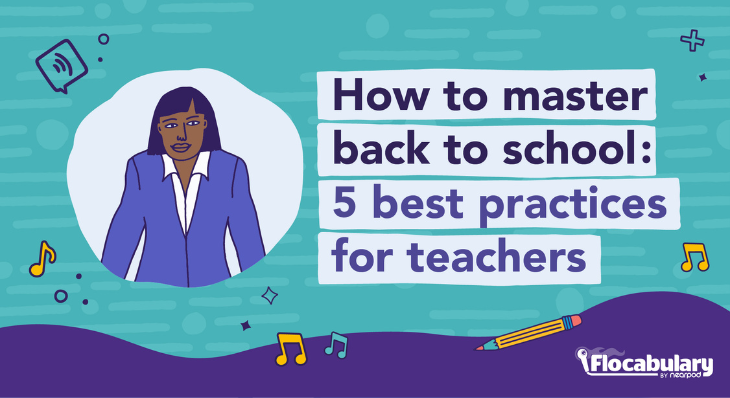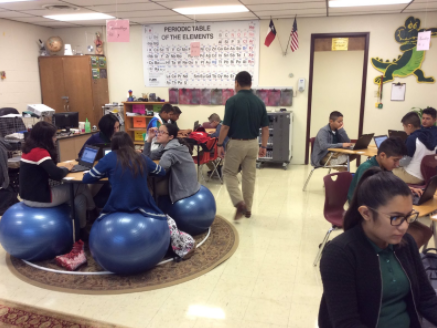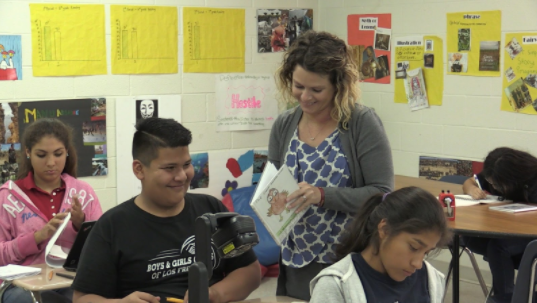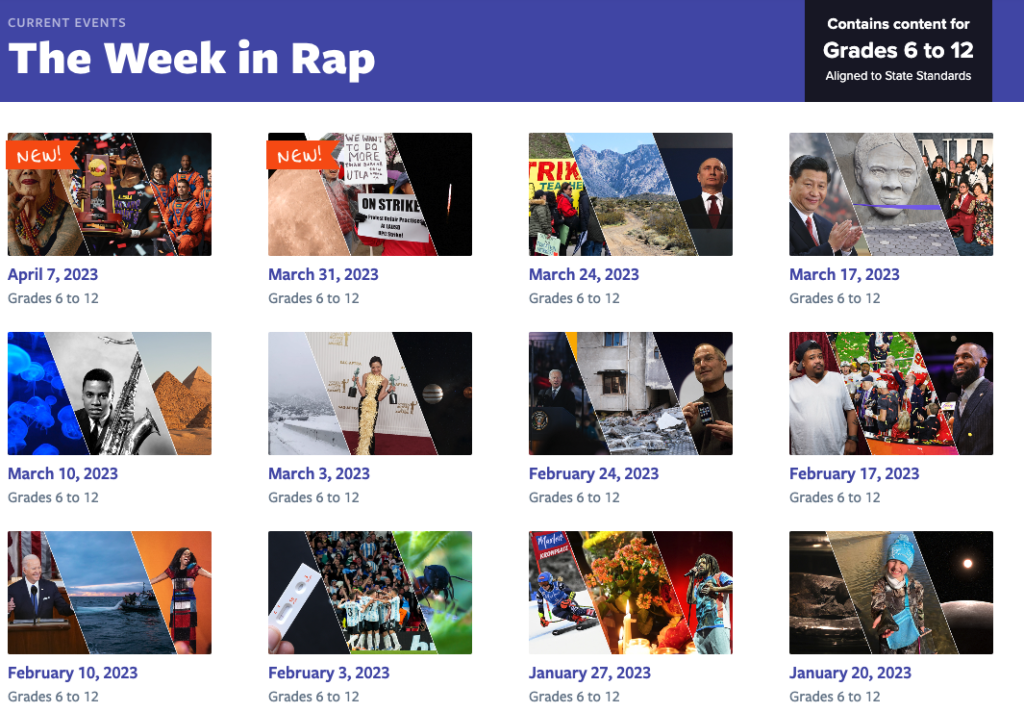
5 Back to school tips for new teachers to achieve a successful start
It’s that time of year again! Stores are filled with school supplies, eager children, and even more eager parents. As teachers, we are shopping for bargains and are fastidiously decorating our classrooms. The new school is about to begin, and although your desks may be in neat rows and posters of cute kitties may abound, are you really ready? Here are some back to school tips for new teachers to achieve a successful start.
Empowering new teachers: 5 essential back to school tips for a successful start

1. Create a comfortable environment
Whether you are a kindergarten teacher with a teddy bear theme or a middle school teacher who just slaps a couple posters on the walls, the classroom environment plays a key role in our students’ learning.
This is a picture of one of my Middle Schools. I love the flow and the exercise balls!
For the best results, place furniture and materials in places that contribute to the classroom’s flow and minimize distractions or interruptions. Consider flexible seating options like stools, floor mats, or pillows; for many students, these seating options will increase production.
Lighting is another factor. If natural lighting isn’t a possibility, inexpensive lamps can help decrease glare. These may seem like small considerations to make, but since you will be spending long hours in this classroom, you and your students will reap the benefits.
2. Set solid expectations
From the very first week of school, your students are aware of the expectations you willingly or unwillingly establish. When starting the year, it’s important to establish your expectations for classroom management and learning behaviors. Here are two types of expectations to start with:
- Pet peeves: If you can’t stand students who sharpen their pencils while you are speaking, then start by teaching new students your procedures for sharpening a pencil.
- Set goals: Try a goal-writing activity in which students write a letter to themselves. Then, at the end of the year, you can redistribute these letters and have students reflect. Use Flocabulary’s Goal Setting lesson video to introduce S.M.A.R.T. goals to your classroom.
3. Build relationships with your students

The great educator Madeline Hunter once said, “Kids don’t care how much you know until they know how much you care.” Your students will be far more interested in learning from you if they know that you are interested in them. During the start of the school year, spend some time each day making connections with kids and getting to know them to build relationships. When you ask about a favorite pet or notice a new pair of shoes, you’re communicating that you recognize them as human and not just a sponge or worker bee.
4. Establish routines
Kids thrive on structure! By establishing routines, you set their swirling minds at ease.
- Have an activity for students to do right when they come into your classroom to help them settle and give you time to take attendance or complete other necessary tasks.
- Post an agenda in the same location daily. You can include homework assignments, special notes or changes, as well as daily objectives and learning expectations. You will quickly find that students immediately check the agenda to see what is in store for them today.
- It’s a great technique to include a fun activity or video somewhere on the list to give students something to look forward to. Flocabulary is a terrific video resource to introduce concepts, and most kids will be more than willing to get through some seatwork if they know that they are going to get a four-minute music video. Start off by watching the Week in Rap every Friday!

5. Collaborate with colleagues
Remember, you are not alone! Although you may be the only adult in the room for the majority of your day, it is essential that you collaborate with your colleagues. Talk to them about what they are doing and why they are doing it. Get to know people who don’t teach the same thing as you. Some of the best conversations happen when teachers of different areas reach out to each other and encourage cross-content collaboration. Beyond the first day of school, seek advice from veteran teachers about teaching and learning, communication with parents, and more.
Social media is another way that teachers can share ideas. Grow your PLN (professional learning network) through Twitter by joining #EdChats. These are question-and-answer sessions where educators can share ideas and views on specific topics. Not sure where to start? Explore teacher tips for joining Twitter chats about education and teaching careers.
Finally, relax and smile; you’ve got this! Hopefully, you were able to rest and reflect over the summer and are now returning to your classroom batteries charged and full of fresh ideas. By following the simple suggestions mentioned above, you are already on the right track to having a fantastic school year!
Kick off the school year with Flocabulary
As the new school year approaches, it’s crucial for first-year teachers to prepare themselves for a successful start. By implementing these back-to-school tips, you can create an engaging and comfortable classroom environment that fosters optimal learning. Remember to take advantage of resources like Flocabulary to captivate your students and make their learning environment enjoyable. With these strategies in place, you’re well on your way to a fantastic school year. Best of luck!
